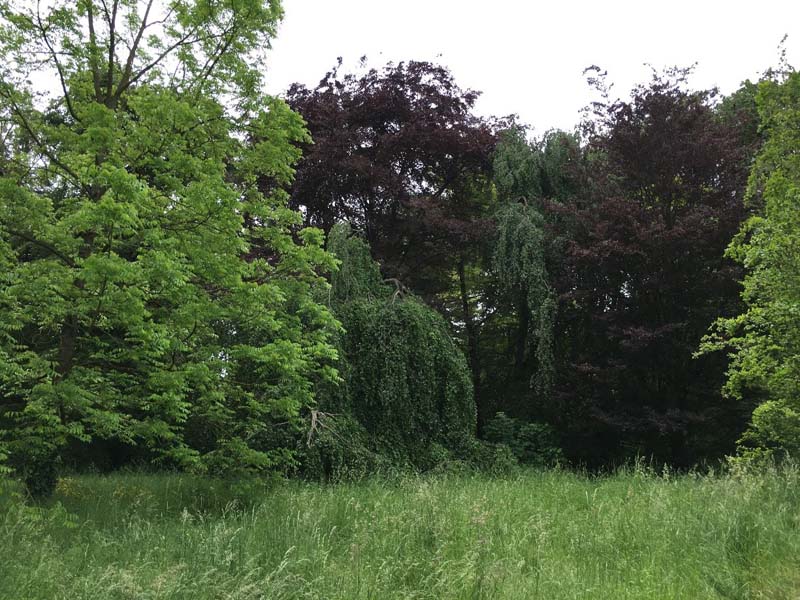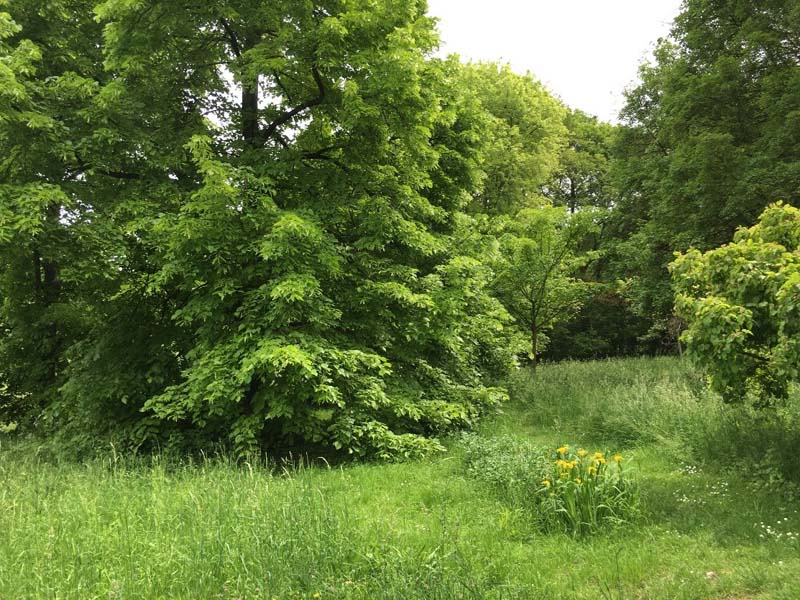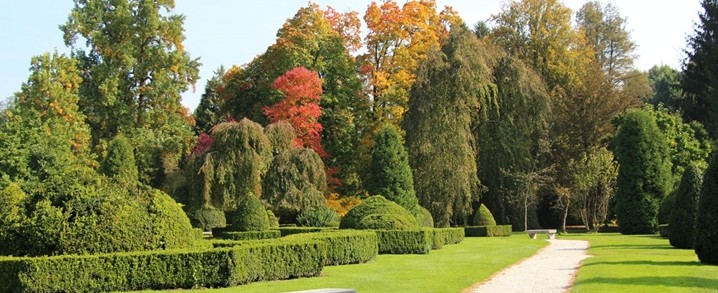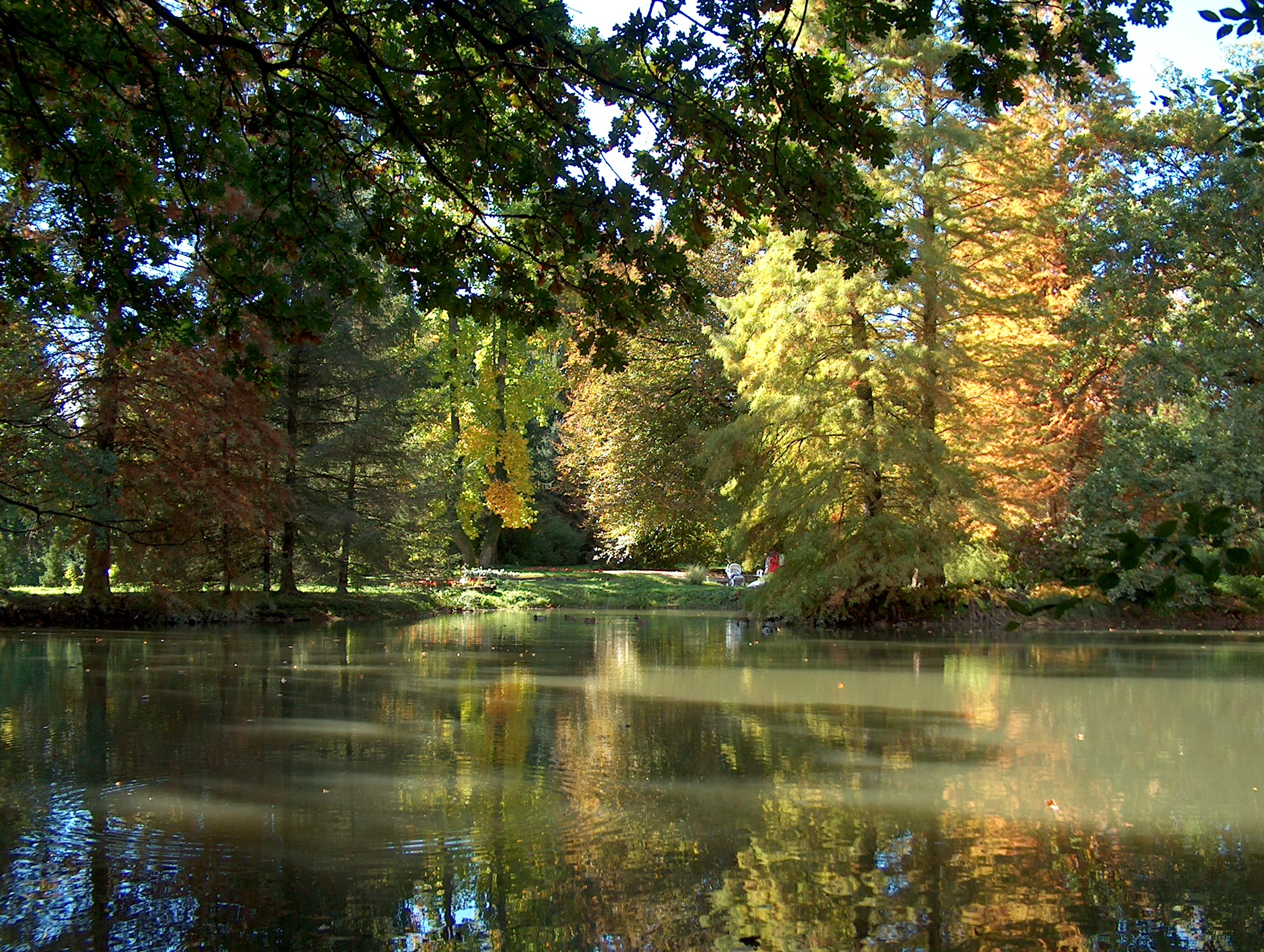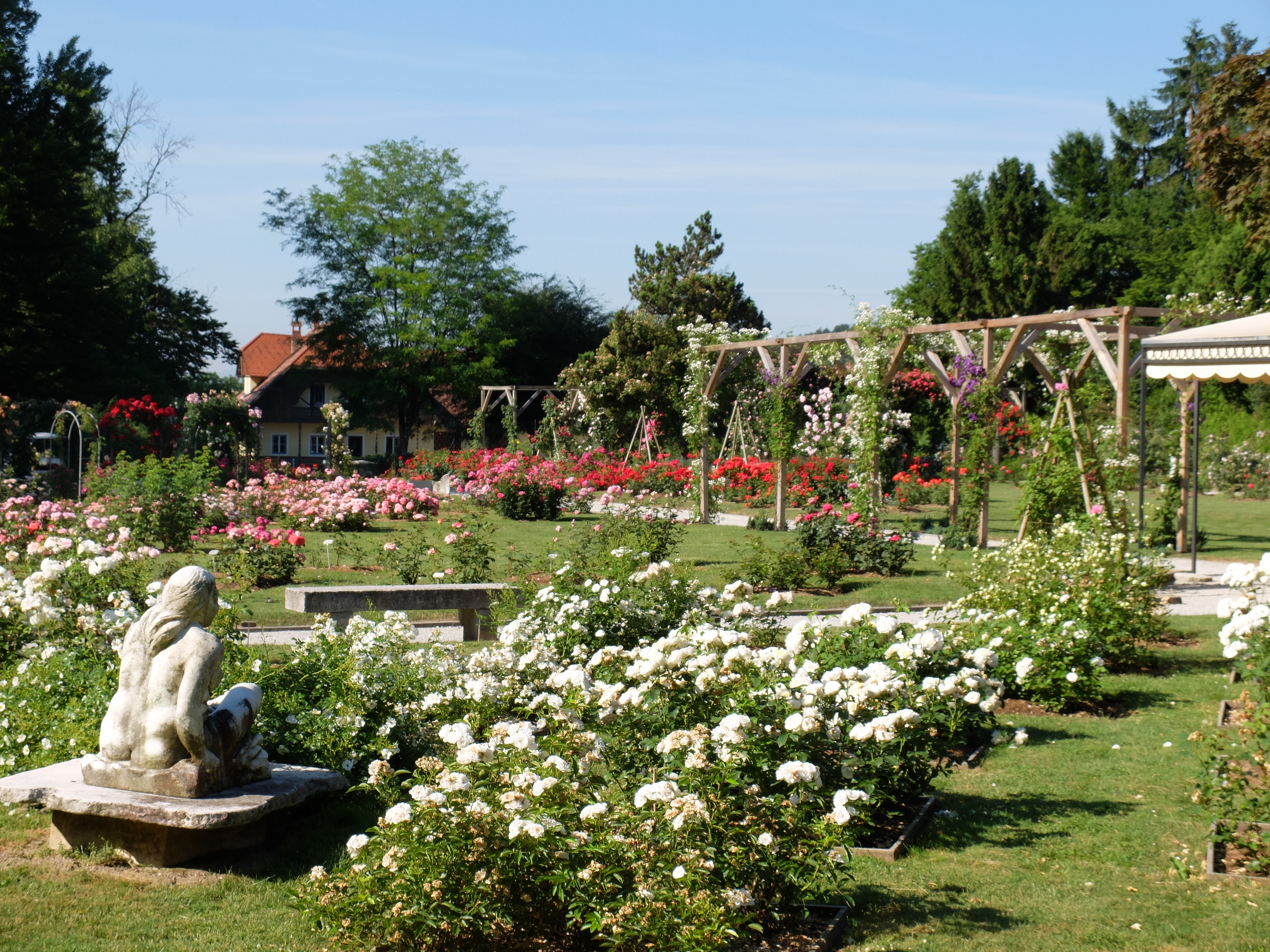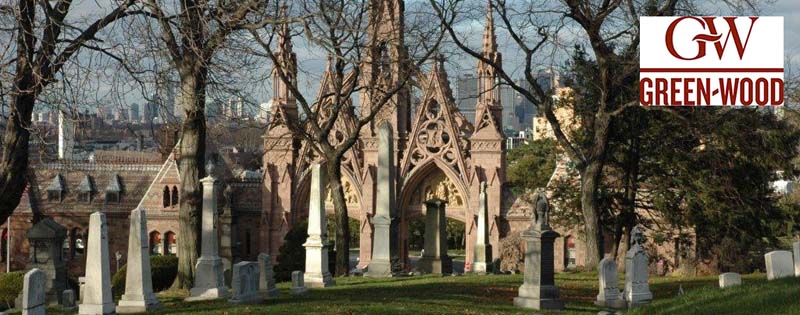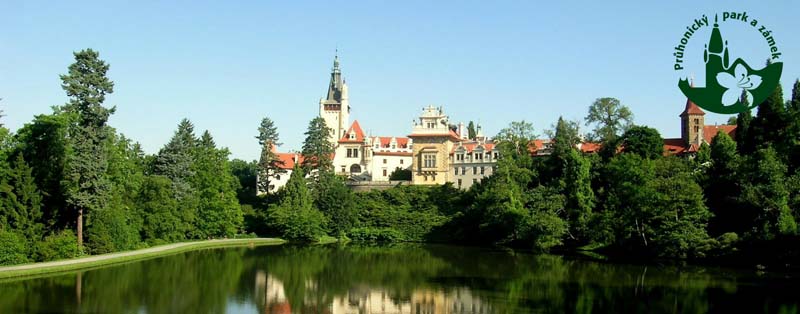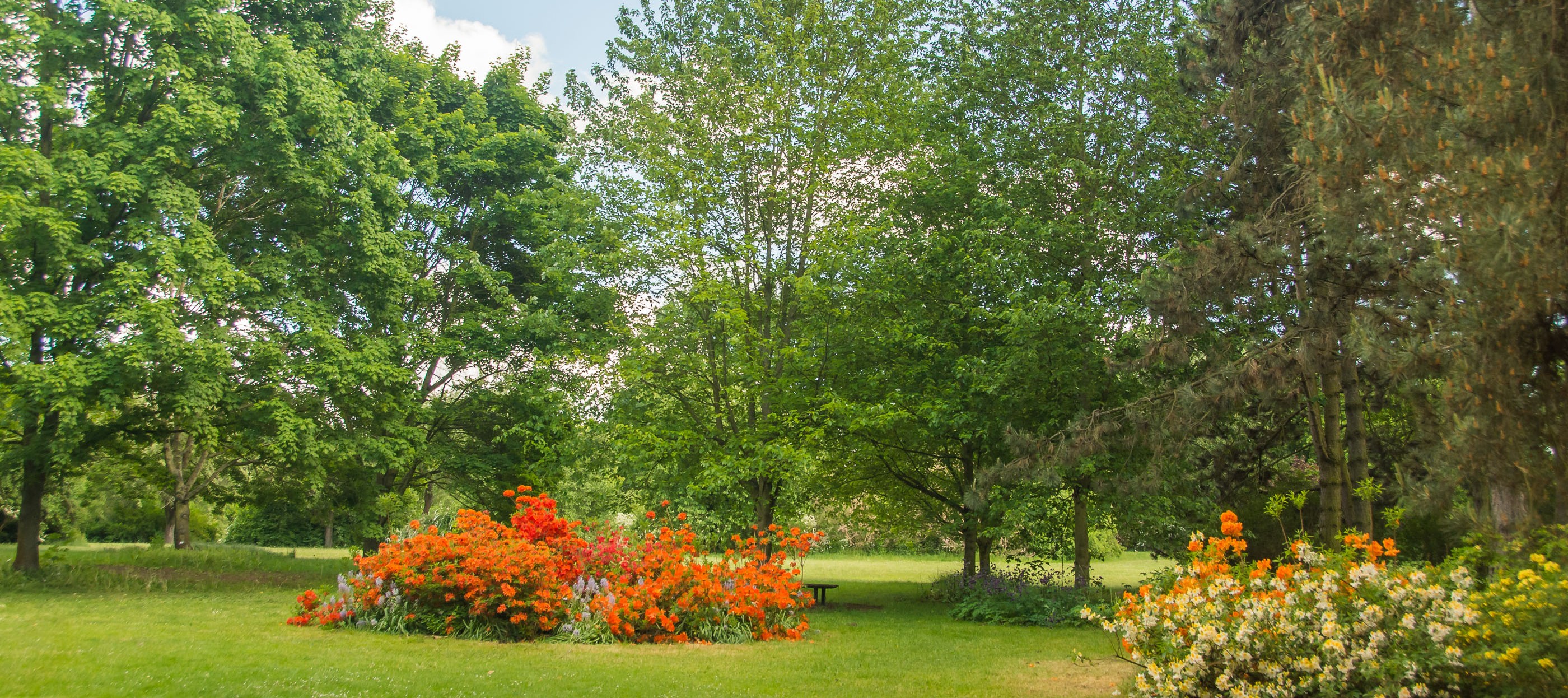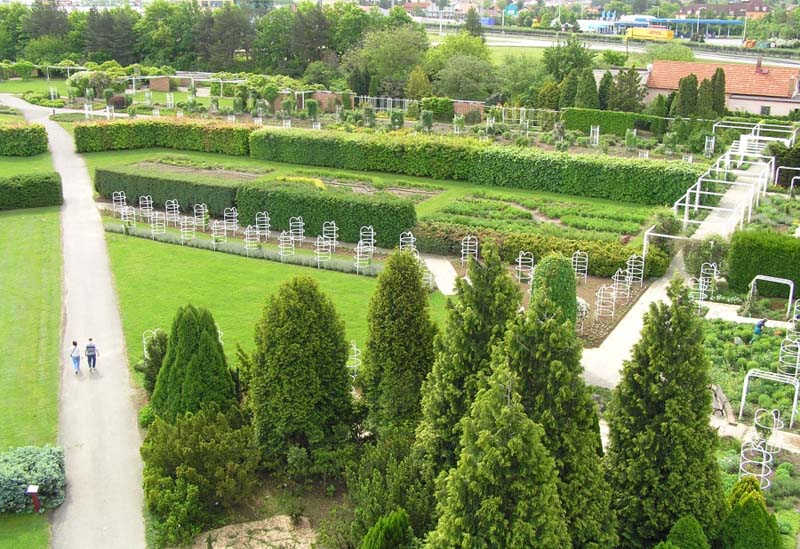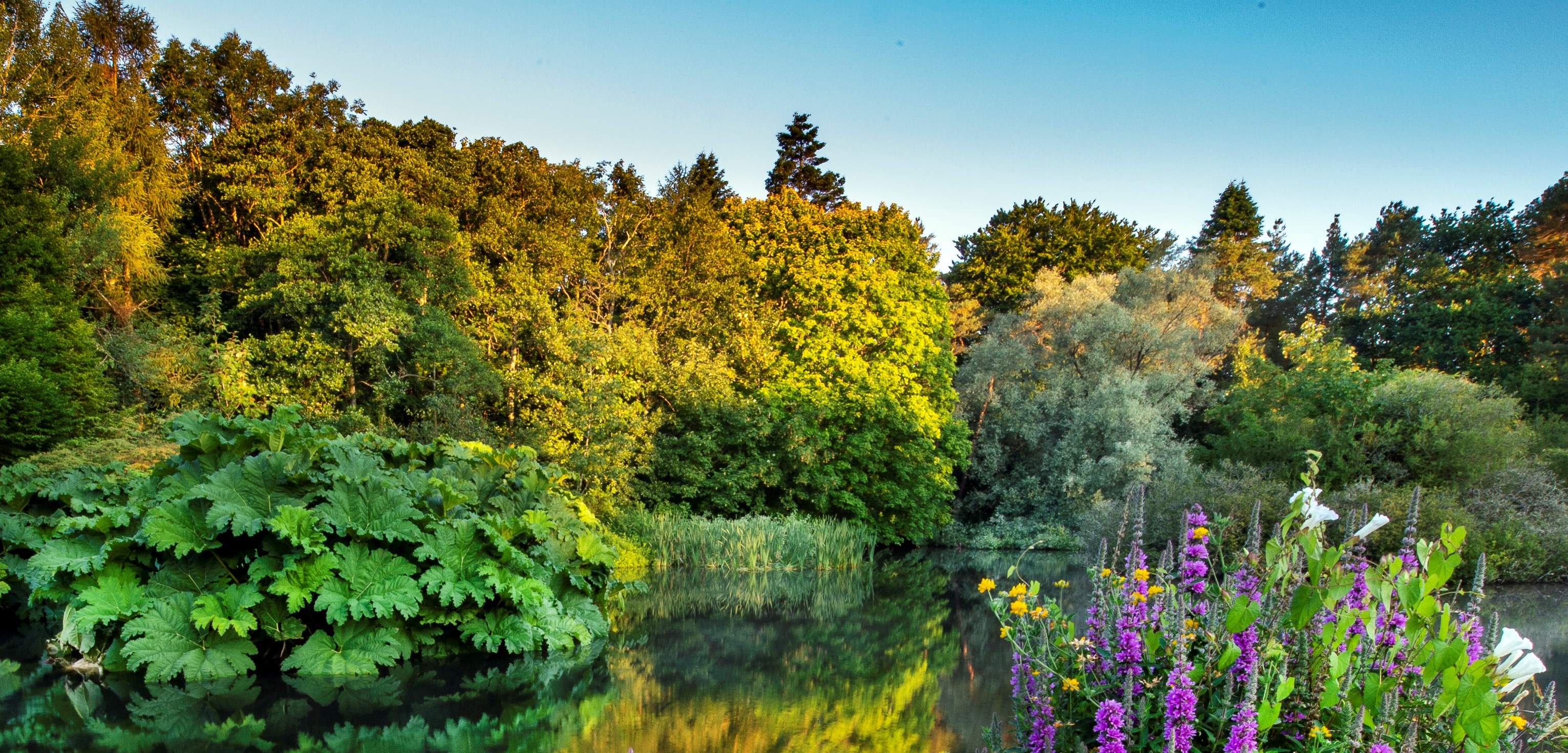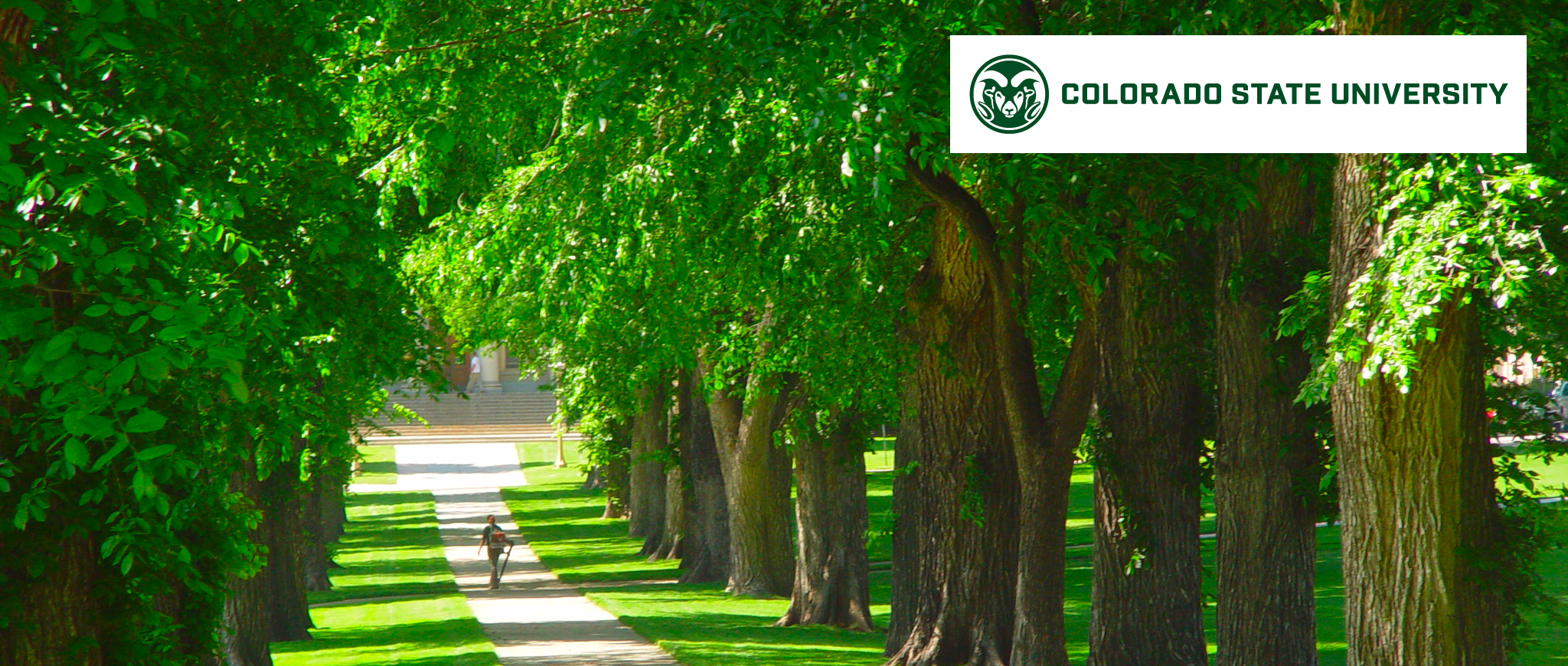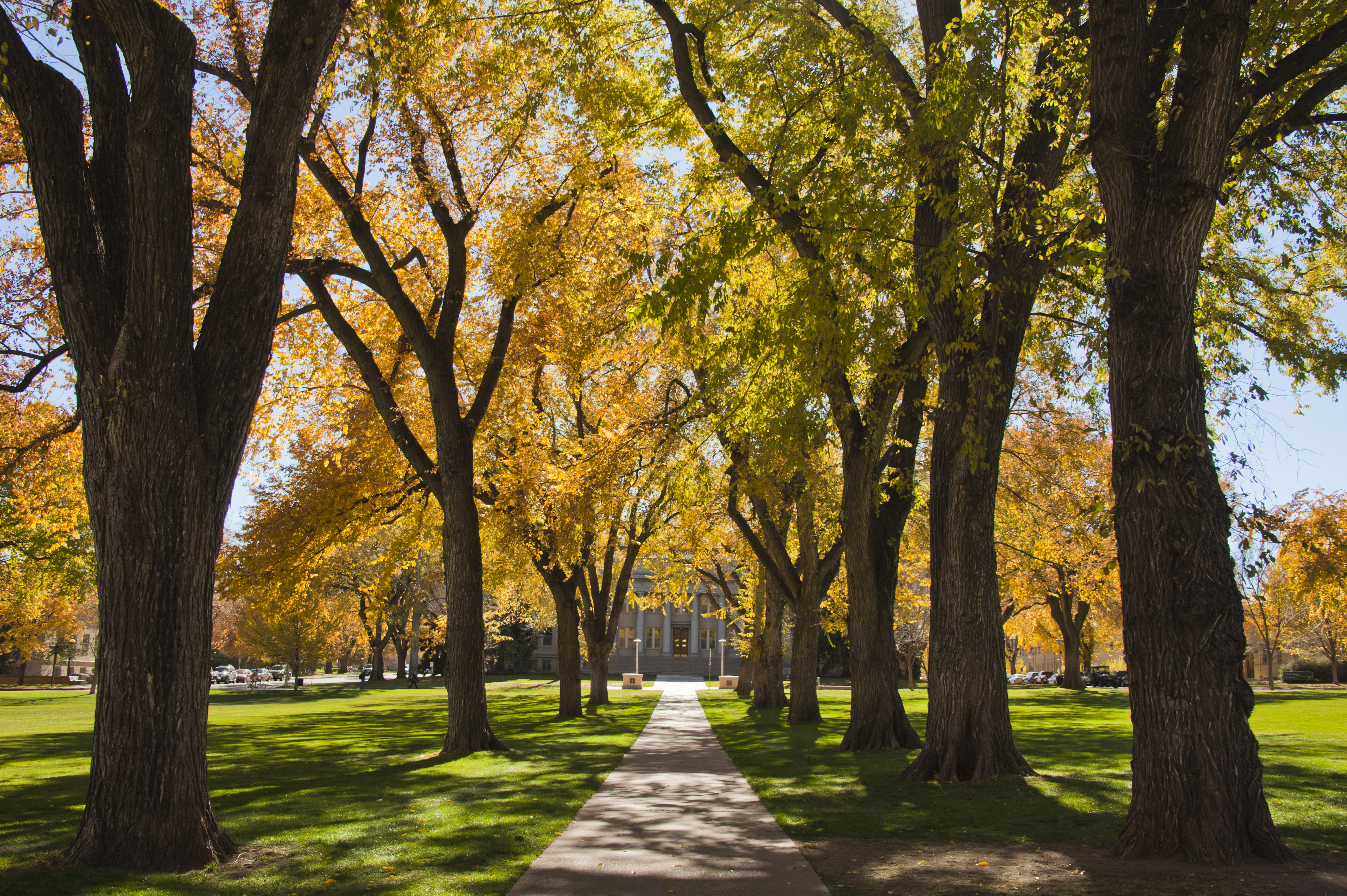Arboretum de Paris
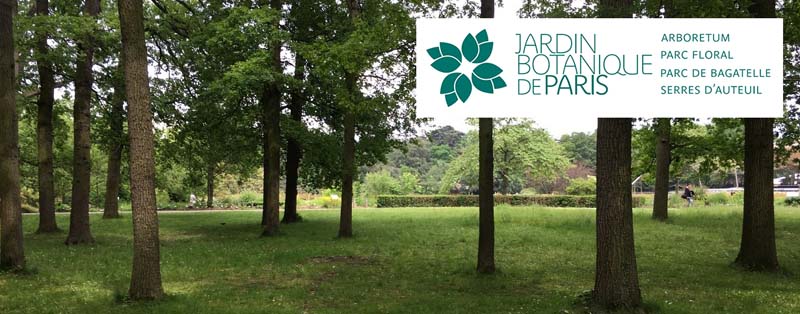
Location
The Paris Arboretum (Aboretum de Paris) is one of the four sites that form together the “Jardin Botanique de Paris. The Arboretum is located south of central Paris, within the south-east corner of the Bois de Vincennes. It is a great place to discover nature and peace within the hussle-bussle of the city. The Arboretum is beautifully situated amongst restored meadows, wetlands and wooded hedges of native shrubs that harbor many wildlife species. The Arboretum actively seeks to conserve woody plants adapted to the regional climate and includes over 600 taxa of which most are native trees of France and Europe.
